The 5.56×45 is the king of American rifle cartridges. Anyone who has gone through the Army’s basic training has familiarized themself with its performance. The dominating popularity of the AR-15 on the commercial market has made the 5.56 downright ubiquitous.
But what about the 6.5 Creedmoor? It too has become very popular in recent years. That’s is quite the feat for a round that was only introduced just before the Obama era. Although optimized for long-distance shooting rather than conventional combat, would you want your first rifle chambered for 6.5 and not America’s favorite rifle round?
While they are both compatible with the AR platform, the 5.56 and 6.5 perform very differently from one another. We’re going to compare the two rounds’ dimensions, in-flight ballistics, energy, recoil and availability. Our hope is that after reading, you’ll quickly be able to decide which one you should prefer.
6.5 Creedmoor vs 5.56
Cartridge Dimensions
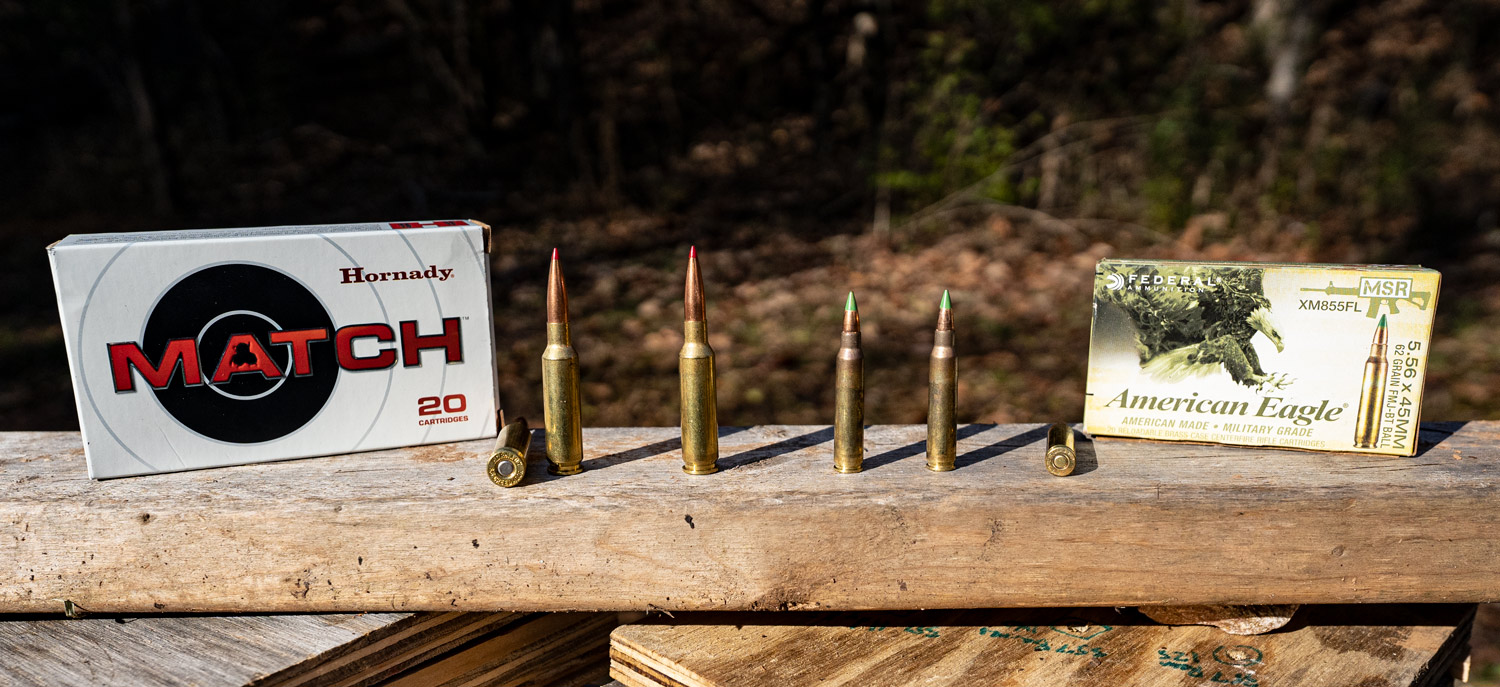
| 5.56x45 | 6.5 Creedmoor | |
|---|---|---|
| Parent case | 223 Rem | 30 TC |
| Case type | Rimless, bottleneck | Rimless, bottleneck |
| Bullet diameter | 0.224 in | 0.2644 in |
| Neck diameter | 0.253 in | 0.295 in |
| Shoulder diameter | 0.354 in | 0.462 in |
| Base diameter | 0.377 in | 0.4703 in |
| Rim diameter | 0.378 in | 0.473 in |
| Case length | 1.760 in | 1.920 in |
| Overall length | 2.260 in | 2.825 in |
| Case capacity | 28.5 gr H2O | 52.5 gr H2O |
| Maximum pressure | 62,366 psi | 62,000 psi |
A casual comparison of these two rounds’ dimensions reveals two important takeaways. First, the 6.5 bullet is 18 percent wider in diameter. This impacts its ballistic performance, largely because the 6.5 bullet is significantly heavier. 6.5 CDMR is typically 140 grains as opposed to the 5.56’s usual 55 grains.
Second, the 6.5’s wider and longer case creates space for a lot more propellant – the stuff that goes “BANG!” It doesn’t make use of more propellant to deliver a substantially higher muzzle velocity, but rather to push its heavier bullet out of the muzzle at a velocity nearly equal to the 5.56. Right away we see that the 6.5 has a heavier bullet than the 5.56, yet a similar muzzle velocity.
Ballistic Comparison: 6.5 CDMR vs. 5.56
In comparing the ballistics of these two rounds, it’s important to keep their intended purposes in mind. The 5.56 is meant for combat; 6.5 Creedmoor ammo is meant for long-distance shooting. To declare one round superior is to ignore the fact that they’re simply designed for different things.
Muzzle Velocity
The 6.5 CDMR certainly excels at covering greater distances. Its muzzle velocity is a little slower – except when compared to a match 5.56 round with a heavyweight 77 grain bullet, which offers a muzzle velocity in the ballpark of 2,750 fps – yet the 6.5 compensates for this with a significantly heavier and more ballistically efficient bullet.
| 5.56x45 Hornady Superformance 55gr GMX | 6.5 Creedmoor Hornady Superformance 120gr GMX | |
| Muzzle velocity (fps) | 3130 | 3050 |
| Velocity @ 100 yds | 2745 | 2841 |
| Velocity @ 200 yds | 2392 | 2642 |
| Velocity @ 300 yds | 2066 | 2451 |
| Velocity @ 400 yds | 1768 | 2268 |
| Velocity @ 500 yds | 1503 | 2093 |
| Velocity @ 600 yds | 1281 | 1927 |
| Velocity @ 700 yds | 1117 | 1768 |
| Velocity @ 800 yds | 1010 | 1620 |
| Velocity @ 900 yds | 936 | 1483 |
| Velocity @ 1000 yds | 878 | 1359 |
| 5.56x45 Federal American Eagle 55gr FMJBT | 6.5 Creedmoor Federal American Eagle 120gr TMJ | |
| Muzzle velocity (fps) | 3165 | 2900 |
| Velocity @ 100 yds | 2779 | 2676 |
| Velocity @ 200 yds | 2425 | 2463 |
| Velocity @ 300 yds | 2097 | 2260 |
| Velocity @ 400 yds | 1797 | 2066 |
| Velocity @ 500 yds | 1529 | 1883 |
| Velocity @ 600 yds | 1303 | 1710 |
| Velocity @ 700 yds | 1132 | 1551 |
| Velocity @ 800 yds | 1021 | 1406 |
| Velocity @ 900 yds | 944 | 1279 |
| Velocity @ 1000 yds | 884 | 1172 |
| 5.56x45 Sellier & Bellot 55gr FMJBT | 6.5 Creedmoor Sellier & Bellot 140gr FMJBT | |
| Muzzle velocity (fps) | 3301 | 2658 |
| Velocity @ 100 yds | 2909 | 2478 |
| Velocity @ 200 yds | 2550 | 2306 |
| Velocity @ 300 yds | 2218 | 2140 |
| Velocity @ 400 yds | 1912 | 1981 |
| Velocity @ 500 yds | 1635 | 1830 |
| Velocity @ 600 yds | 1394 | 1687 |
| Velocity @ 700 yds | 1200 | 1553 |
| Velocity @ 800 yds | 1066 | 1430 |
| Velocity @ 900 yds | 977 | 1318 |
| Velocity @ 1000 yds | 912 | 1221 |
Muzzle Energy
The concept of stopping power revolves around several factors. They include things like sectional density and terminal ballistics, yet precisely how hard a bullet actually hits its target is obviously very important. The amount of energy a bullet is capable of transferring to its target boils down to exactly two variables: weight and velocity.
The 6.5 is incontestably the more powerful round. There are points in the two rounds’ trajectories when the 5.56 bullet does travel faster than the 6.5. The 6.5 bullet usually has more than twice as much mass as the 5.56, however, so its energy is superior at any given range!
For ethical deer hunting a minimum impact energy of 1,000 ft lbs is recommended. The 6.5 consistently delivers that much power at distances beyond 500 yards. Meanwhile, the 5.56 often drops to a three-digit foot-pound force by the 100 yard mark. The 6.5 typically delivers more energy at 1,000 yards than the 5.56 at 400 yards!
The two rounds’ energy difference becomes less important for self-defense. As a general rule you want at least 220 ft lbs of energy for self-defense. 5.56 is capable of putting that much energy at 500 yards, and very few self-defense scenarios play out at such ranges. (You’re not going to snipe the escaped convict creeping down the hallway to your daughter’s bedroom.)
| 5.56x45 Hornady Superformance 55gr GMX | 6.5 Creedmoor Hornady Superformance 120gr GMX | |
|---|---|---|
| Muzzle energy (ft lbs) | 1197 | 2479 |
| Energy @ 100 yds | 921 | 2151 |
| Energy @ 200 yds | 699 | 1860 |
| Energy @ 300 yds | 521 | 1601 |
| Energy @ 400 yds | 382 | 1371 |
| Energy @ 500 yds | 276 | 1168 |
| Energy @ 600 yds | 200 | 989 |
| Energy @ 700 yds | 152 | 833 |
| Energy @ 800 yds | 125 | 700 |
| Energy @ 900 yds | 107 | 586 |
| Energy @ 1000 yds | 94 | 492 |
| 5.56x45 Federal American Eagle 55gr FMJBT | 6.5 Creedmoor Federal American Eagle 120gr TMJ | |
| Muzzle energy (ft lbs) | 1224 | 2241 |
| Energy @ 100 yds | 943 | 1908 |
| Energy @ 200 yds | 718 | 1617 |
| Energy @ 300 yds | 537 | 1361 |
| Energy @ 400 yds | 394 | 1138 |
| Energy @ 500 yds | 286 | 945 |
| Energy @ 600 yds | 207 | 780 |
| Energy @ 700 yds | 157 | 641 |
| Energy @ 800 yds | 127 | 527 |
| Energy @ 900 yds | 109 | 436 |
| Energy @ 1000 yds | 96 | 366 |
| 5.56x45 Sellier & Bellot 55gr FMJBT | 6.5 Creedmoor Sellier & Bellot 140gr FMJBT | |
| Muzzle energy (ft lbs) | 1331 | 2197 |
| Energy @ 100 yds | 1033 | 1910 |
| Energy @ 200 yds | 794 | 1653 |
| Energy @ 300 yds | 601 | 1424 |
| Energy @ 400 yds | 446 | 1221 |
| Energy @ 500 yds | 326 | 1041 |
| Energy @ 600 yds | 237 | 885 |
| Energy @ 700 yds | 176 | 750 |
| Energy @ 800 yds | 139 | 636 |
| Energy @ 900 yds | 117 | 541 |
| Energy @ 1000 yds | 102 | 464 |
Trajectory of 6.5 Creedmoor vs 5.56
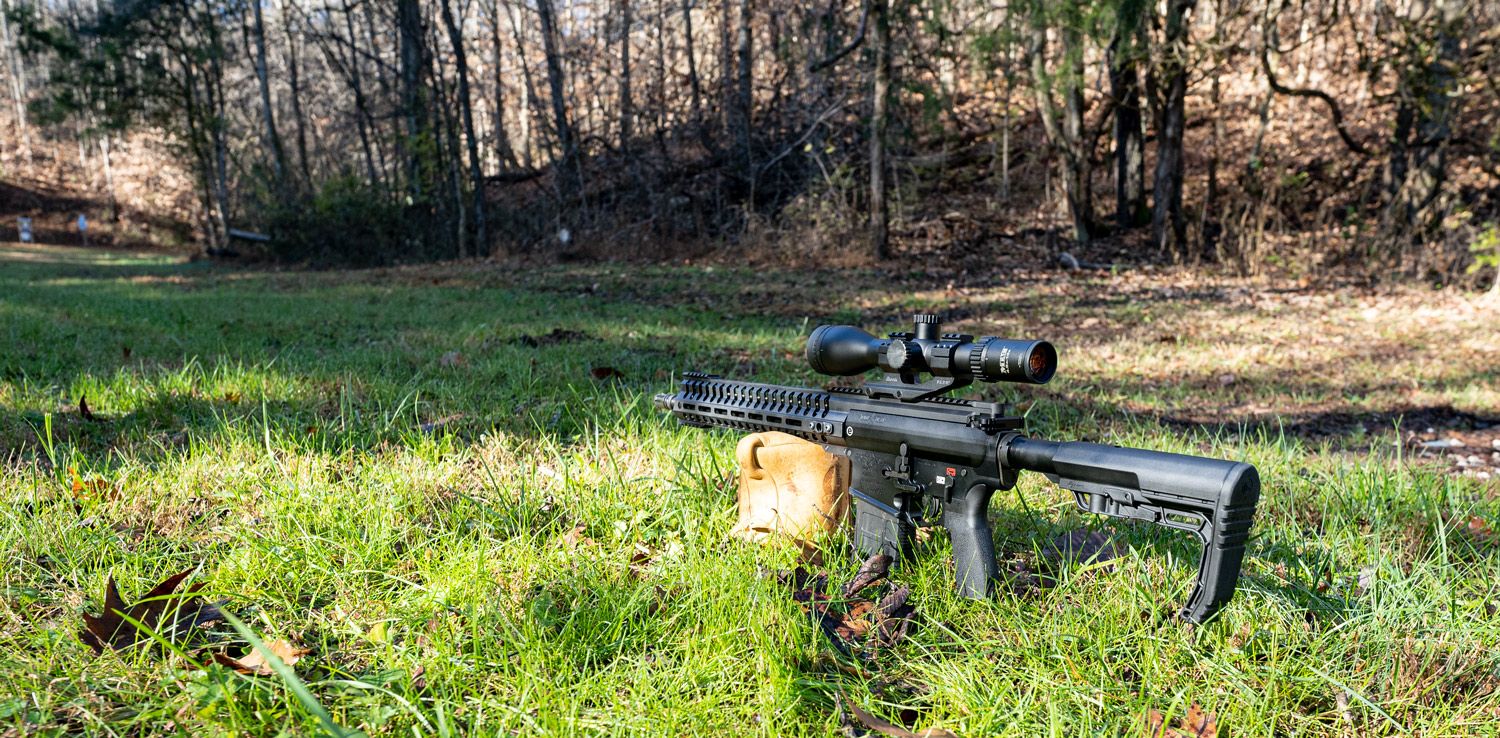
Because the 6.5’s ballistic coefficient (a measure of ability to overcome air resistance in flight, where a higher number is better) can be higher than double that of the 5.56, it retains significantly greater velocity downrange. This gives gravity less time to push the bullet downward, resulting in less of the bullet drop that complicates aiming over long distances. Its higher ballistic coefficient furthermore grants the 6.5 greater resistance to wind drift.
| 5.56x45 Hornady Superformance 55gr GMX | 6.5 Creedmoor Hornady Superformance 120gr GMX | |
|---|---|---|
| G1 ballistic coefficient | 0.249 | 0.459 |
| G7 ballistic coefficient | 0.126 | 0.23 |
| Elevation @ 100 yds | 11.75 | 8.95 |
| Elevation @ 200 yds | 20.33 | 15.06 |
| Elevation @ 300 yds | 22.79 | 16.18 |
| Elevation @ 400 yds | 17.03 | 11.5 |
| Elevation @ 500 yds | 0.03 | 0.05 |
| Elevation @ 600 yds | -32.49 | -19.36 |
| Elevation @ 700 yds | -86.27 | -48.16 |
| Elevation @ 800 yds | -167.87 | -88.12 |
| Elevation @ 900 yds | -283.69 | -141.35 |
| Elevation @ 1000 yds | -438.99 | -210.42 |
| 5.56x45 Federal American Eagle 55gr FMJBT | 6.5 Creedmoor Federal American Eagle 120gr TMJ | |
| G1 ballistic coefficient | 0.25 | 0.413 |
| G7 ballistic coefficient | 0.126 | 0.207 |
| Elevation @ 100 yds | 11.39 | 10.53 |
| Elevation @ 200 yds | 19.73 | 17.66 |
| Elevation @ 300 yds | 22.1 | 19.05 |
| Elevation @ 400 yds | 16.5 | 13.61 |
| Elevation @ 500 yds | 0.02 | 0 |
| Elevation @ 600 yds | -31.45 | -23.45 |
| Elevation @ 700 yds | -83.48 | -58.83 |
| Elevation @ 800 yds | -162.58 | -108.71 |
| Elevation @ 900 yds | -275.2 | -176.21 |
| Elevation @ 1000 yds | -426.63 | -265.01 |
| 5.56x45 Sellier & Bellot 55gr FMJBT | 6.5 Creedmoor Sellier & Bellot 140gr FMJBT | |
| G1 ballistic coefficient | 0.254 | 0.49 |
| G7 ballistic coefficient | 0.127 | 0.247 |
| Elevation @ 100 yds | 10.14 | 12.12 |
| Elevation @ 200 yds | 17.62 | 20.04 |
| Elevation @ 300 yds | 19.72 | 21.41 |
| Elevation @ 400 yds | 14.68 | 15.16 |
| Elevation @ 500 yds | 0.05 | 0.04 |
| Elevation @ 600 yds | -27.71 | -25.48 |
| Elevation @ 700 yds | -73.49 | -63.26 |
| Elevation @ 800 yds | -143.43 | -115.47 |
| Elevation @ 900 yds | -244.1 | -184.72 |
| Elevation @ 1000 yds | -380.96 | -273.98 |
The 5.56 is not without its merits. At shorter distances its high muzzle velocity conveys an extremely flat trajectory, making it very practical for shooting targets within a couple hundred yards. But if you judge accuracy as the ability to hit very distant targets with high reliability, then the 6.5 dominates by comparison.
6.5 CDMR vs. 5.56×45 Recoil
Heavier recoil doesn’t just make a round less comfortable to fire. It also flips your rifle’s muzzle farther upward, increasing the amount of time it takes to line up your next shot. When you want to drop a whitetail in only one shot, heavy recoil matters less. But when you want to fire multiple shots to neutralize a threat as quickly as possible, lower recoil becomes extremely useful.
While the amount of recoil you will actually feel is subjective, recoil energy is a good approximation of how hard a round will kick. To calculate it you need only factor in bullet weight, propellant weight, muzzle velocity and rifle weight. In comparing the same six rounds’ recoil energy, we’re assuming 40 grains for 6.5 Creedmoor vs 5.56 and 24 grains of propellant. We’re also firing a 12.6 pound Savage Arms 110 Elite Precision rifle, which is available chambered for either round.
| Recoil Energy (ft lbs) | |
|---|---|
| 5.56x45 Hornady Superformance 55gr GMX | 2.15 |
| 5.56x45 Federal American Eagle 55gr FMJBT | 2.18 |
| 5.56x45 Sellier & Bellot 55gr FMJBT | 2.29 |
| 6.5 Creedmoor Hornady Superformance 120gr GMX | 8.06 |
| 6.5 Creedmoor Federal American Eagle 120gr TMJ | 7.56 |
| 6.5 Creedmoor Sellier & Bellot 140gr FMJBT | 8.24 |
The results are clear: The 6.5 Creedmoor generates around three to four times the amount of recoil energy as the 5.56. We must emphasize that the 6.5’s recoil isn’t so great that it becomes uncomfortable to fire repeatedly. However, if you want a round that facilitates accurate, rapid fire, then its lighter recoil makes the 5.56 the clear winner in this contest.=
Availability & Price
The 5.56 beats the 6.5 in terms of availability. Alongside the 223 Rem, which rifles chambered for 5.56 are also capable of firing, the 5.56 ammo is the most popular cartridge in the country. If we only offered 5.56/223 and 9mm ammo for sale on this website, our guys would still keep busy.
The 6.5 Creedmoor is by no means some oddity that you’ll have to search far and wide for. Just don’t expect as great a range of options as you would while shopping for America’s number one rifle ammo. And with 5.56, you also have the option of buying military surplus.
The 5.56 beats out the 6.5 in terms of price as well. It’s a smaller, lighter round, so manufacturers can invest less lead and copper into its production. The price difference isn’t overwhelming for most hunters. If you are a bulk quantity shooter then you’re bound to prefer ammo that is about 20 percent cheaper on average though.
The Takeaway
The 6.5 Creedmoor vs 5.56 debate is settled as soon as the shooter decides what he wants.
Do you want a versatile rifle for self-defense, varmint hunting, and budget-friendly fun at the range? Then you, like countless other Americans, want the 5.56.
Are you more interested in long-distance shooting, as well as a rifle you can take deer hunting? Then you’ll quickly find out why the 6.5 has become popular.

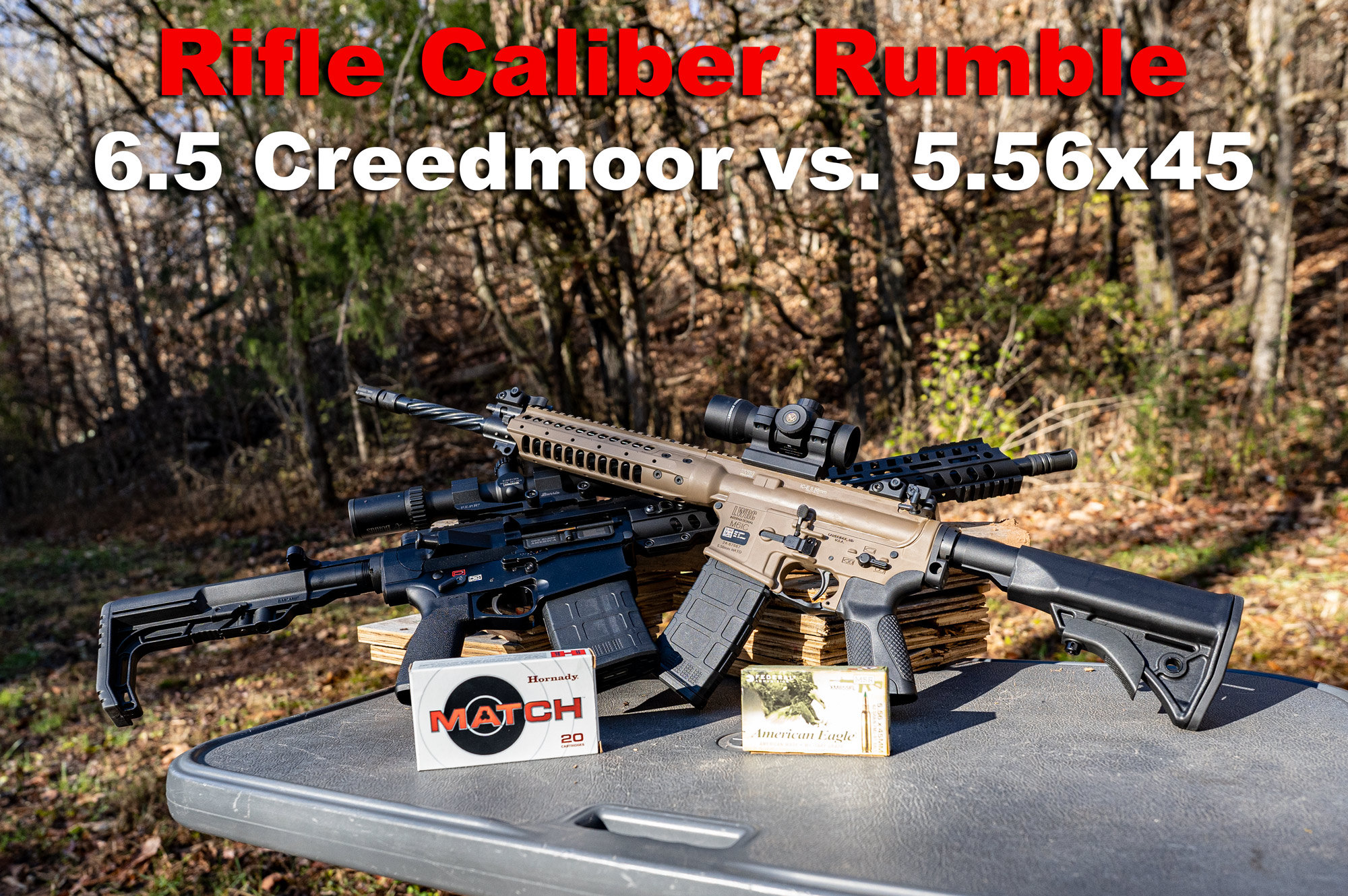
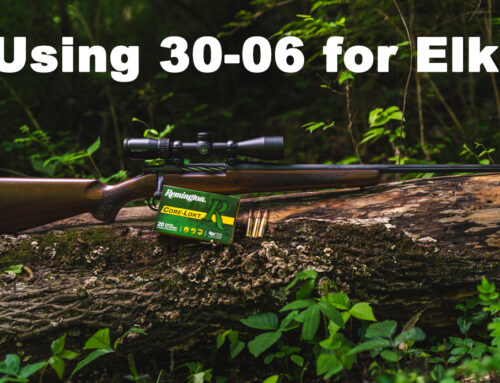
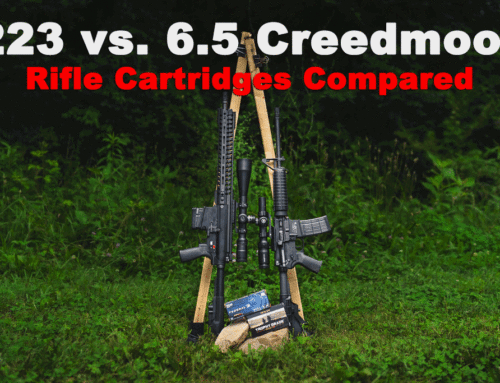

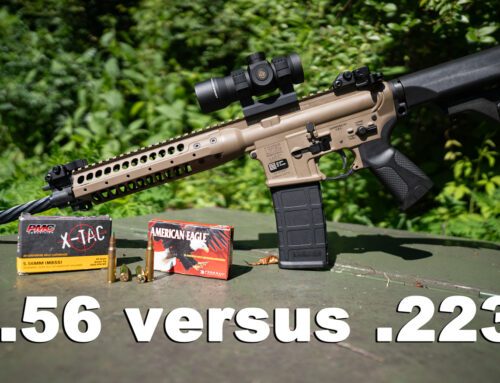
Excellent article and I’m better off because I found it.
Thanks Again 🙌🏼❤️🇺🇸❤️🙌🏼
Both bullets will drop the same amount due to gravity over time. How far downrange a bullet drops x number of inches is a factor of the bullets forward velosity.
As this article shows. The 6.5 Creedmoor will start at a slightly lower velocity than the 5.56 but at 100 yards has already maintained a higher velocity. The 6.5 creedmoor is firing a heavier and more aerodynamic bullet which is why it is going a much higher velocity at 1000 yds. And that heavier and larger bullet will cause more damage to whatever it hits.
Bruce’s comment that both bullets will drop the same amount due to gravity is silly and just plain false. This would only be true if you were firing in a complete vacuum where we would all explode before seeing our rifles.
Bruce’s comment is spot on. When a bullet is fired at true level, that is the barrel is completely level and not pointed upward or downward, and the barrels at the same height above the ground, all bullets will hit the ground at the same TIME but will travel a different DISTANCE. In this comparison between 5.56 and Creedmoor rounds, they would both hit the ground at the same amount of time but the Creedmoor would travel much further than the 5.56.
I know this is a late post but thought it would be good to add some clarification this topic.